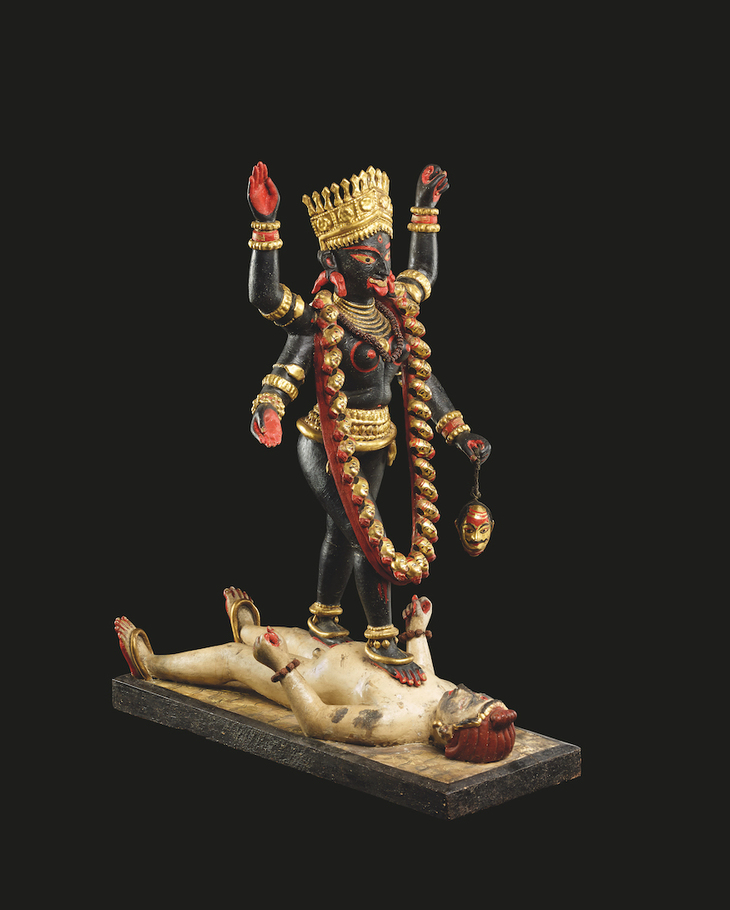Sex And Violence: British Museum's Tantra Exhibition Ticks All The Boxes
Looks like this article is a bit old. Be aware that information may have changed since it was published.

Think Tantra, and most people will think of Tantric sex or yoga. This is only a small part of an influential school of philosophy that’s been shaping ideas in South Asia for over 1,500 years. The British Museum takes us into the world of Tantra in a fascinating blockbuster exhibition that’s filled with stunning artefacts — though there's still plenty of sex.
Violence is also present in spades in this show — with goddesses wielding swords, crushing others underfoot and sipping blood out of cups made from skulls. The ferocity of these deities is simply to chime with the belief that it’s what’s needed to dispel all the negative energy and emotions that prevent enlightenment. Likewise with the sexual rituals that allow followers to reach higher levels of enlightenment through coupling.

Each artefact that shows gods in sexual liaisons or in acts of violence is beautifully carved and bursting with dynamism. Skull cups overflow with blood, heads hang round necks as if freshly severed and statues of coupling deities are so consumed with one another they haven’t even noticed my voyeurism.
It’s fascinating to learn that Tantra wasn’t beholden to one religion, influencing Hinduism, Buddhism and Sufi Islam — with its egalitarian views appealing to those from lower castes, its belief in feminine ferocity inspiring women who didn’t wish to be docile partners and its more liberal views appealing to followers of all three religions.

One element of Tantra that has remained within popular culture is the powerful mother goddess Kali — depicted several times in this exhibition wielding weapons with dead bodies underfoot. When Christian missionaries and British colonialists arrived they saw her as a symbol of depravity and those negative stereotypes linking her to ‘Black Magic’ passed in to modern times — remember the horribly racist depictions of her followers in Indiana Jones and the Temple of Doom? We see something similar here in a diorama showing her followers as violent thugs.
However, Indians used her as a rallying call to push back against the British and those same images of a violent Kali are seen on posters proposing an uprising against colonialism.

The hippie culture also gets a look in as we see how Tantra appealed to the ‘Free Love’ generation: the artist who created the famous tongue image for the Rolling Stones drew inspiration from Kali, and the way she's depicted with a protruding tongue.
While it’s hosted in the smaller of the museum’s two main exhibition spaces there’s a whole load to take it. The combination of beautiful artefacts and the unlocking of a history I knew little about that really makes this exhibition an eye opener.
Tantra: enlightenment to revolution is on at The British Museum from 24 September to 24 January. Tickets are £15 for adults.
For those who want to know more about the exhibition we recommend watching this Bagri Foundation video narrated by the exhibition curator Dr Imma Ramos, and read the museum's blog post.
Last Updated 22 September 2020




